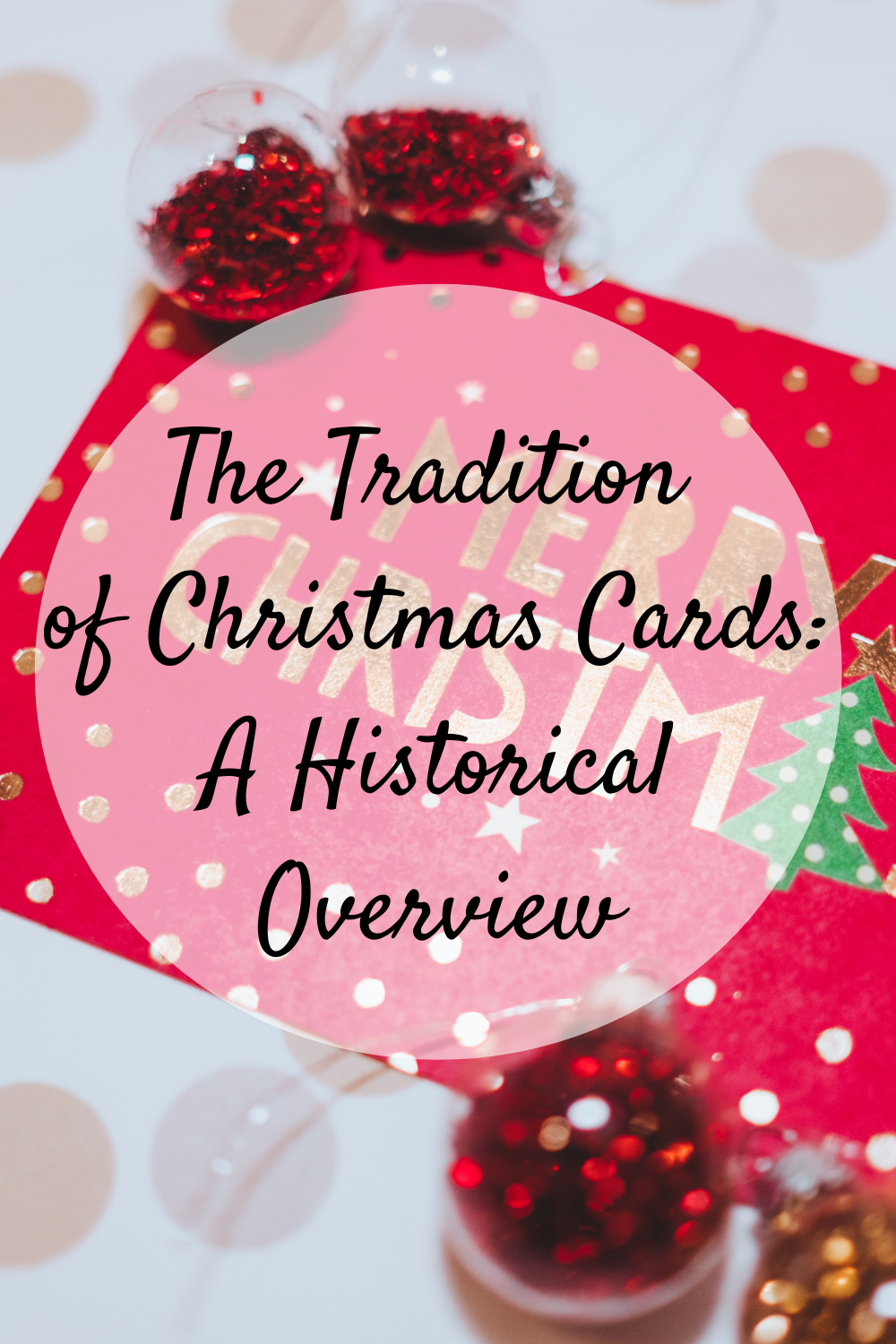
Sending Christmas cards is a centuries-old custom that has evolved from simple handwritten notes to the ornate and beautiful cards people share today. As more people gather around the tree and exchange Christmas pleasantries, it’s worth taking a deeper look at the rich history behind this beloved holiday ritual.
Origins of Christmas Cards
The first inklings of Christmas cards can be traced back to ancient civilizations, where people exchanged messages of goodwill during festive seasons. However, the tradition as we know it began to take shape in the early 19th century in England. Sir Henry Cole, a prominent London businessman, is often credited with the creation of the first Christmas card in 1843. The card featured a festive scene with a charitable message, designed by artist John Calcott Horsley.
Early Christmas cards were not only a means of spreading holiday cheer but also served as a way to encourage charitable giving. The inclusion of a charitable message on these early cards reflected the Victorian era’s emphasis on philanthropy and goodwill towards others.
Popularity Spreads Across the Atlantic
The tradition of sending Christmas cards quickly crossed the Atlantic and gained popularity in the United States during the latter half of the 19th century. Louis Prang, a German immigrant, is often referred to as the “father of the American Christmas card.” Prang, a successful lithographer, started producing Christmas cards in the 1870s. His cards featured vibrant colours and intricate designs, capturing the spirit of the season.
As the popularity of Christmas cards grew in the United States, so did the variety of designs and themes. From religious scenes to depictions of Santa Claus, snow-covered landscapes, and sentimental messages, Christmas cards became a diverse and expressive medium for holiday wishes.
Personalization and the Golden Age of Christmas Cards
Christmas cards evolved with changing design trends and technical breakthroughs in the second part of the twentieth century. The growth of electronic communication put conventional paper cards under pressure, but it also opened up new opportunities. E-cards, animated greetings, and digital designs became popular alternatives, allowing individuals to send holiday greetings to friends and family all around the world in real-time.
Despite the digital revolution, the appeal of traditional Christmas greetings has persisted. Many individuals still like the tactile pleasure of opening a beautifully made card and displaying it as part of their holiday décor. To keep the tradition fresh and current, card designers embraced new printing processes, sustainable materials, and imaginative designs.
The Modern Era: Personalisation and Sustainability
Christmas cards in the 21st century have adapted to shifting customer preferences. Personalization is still important, with many people choosing bespoke cards with family photographs, personalized messages, and distinctive designs. People may design one-of-a-kind cards that express their own style and thoughts using online platforms and printing services.
In the current day, sustainability has also become an important factor. With greater awareness of environmental problems, many shoppers are looking for eco-friendly Christmas greeting solutions. Recycled paper, soy-based inks, and biodegradable materials are increasingly being utilized in the manufacture of Christmas cards, matching the increased emphasis on environmentally friendly living.
Conclusion
Since Sir Henry Cole’s philanthropic greeting in 1843, the Christmas card tradition has gone a long way. Christmas cards have changed in style, imagery, and function from their humble beginnings in England to become a global sensation. They have survived the difficulties of modern communication while retaining their relevance and appeal.
Every year, people join in a ritual that spans decades, cultures, and geographic boundaries. Christmas cards, whether decorated with Victorian drawings, family pictures, or modern designs, continue to function as tangible statements of love, joy, and connection over the holiday season. Individuals contribute to a rich and enduring fabric of seasonal traditions by sending and receiving these warm messages.





